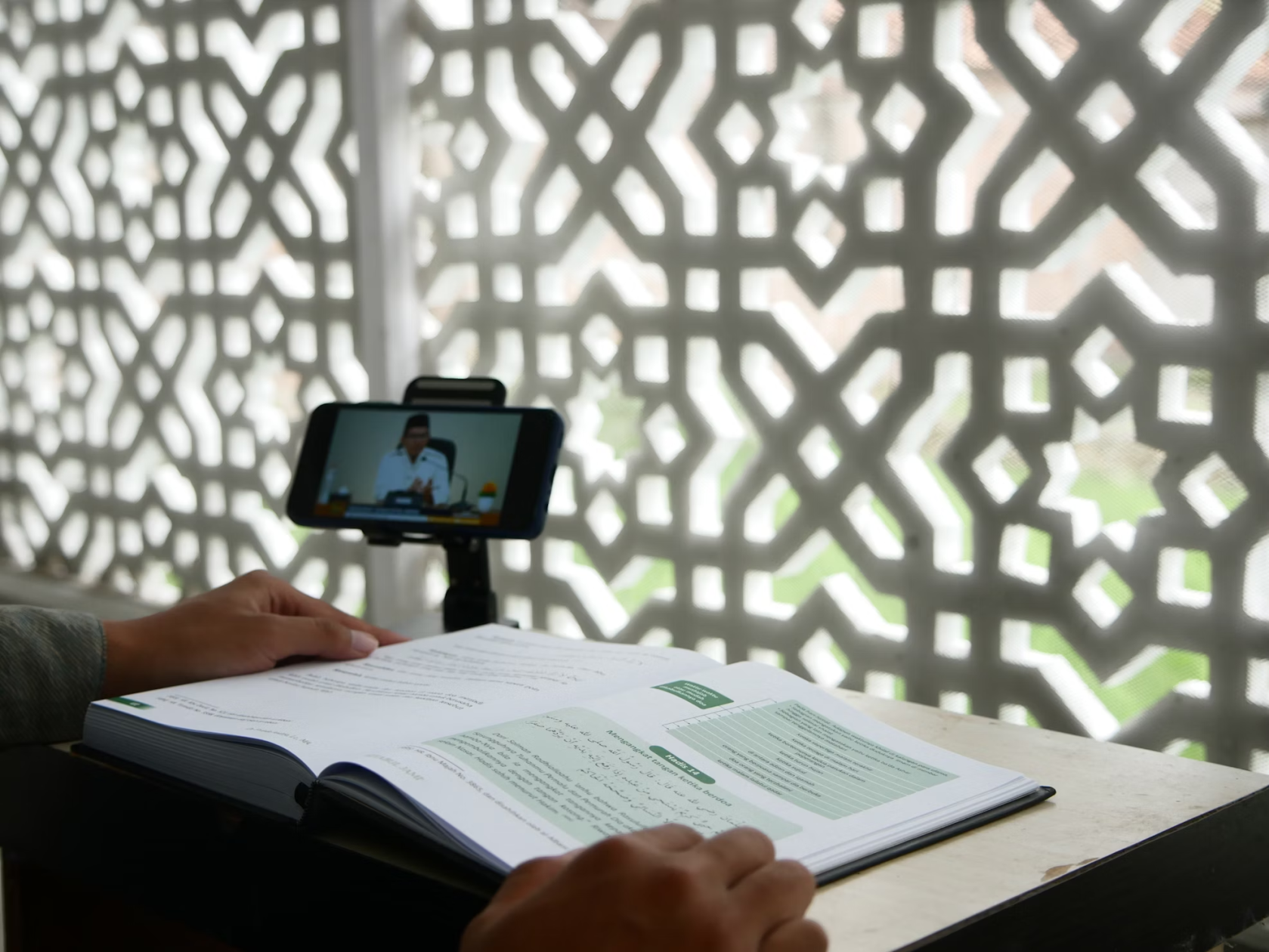Let’s face it—our attention spans aren’t what they used to be. Whether it’s scrolling on social media, watching quick videos, or skimming articles, we’re used to grabbing information in bite-sized chunks. So, when someone asks you to sit through a long lecture or tackle a dense textbook, it can feel like a marathon.
Enter microlearning: a way to learn in small, focused bursts that fits perfectly into your busy life. Think of it as grabbing a snack instead of preparing a three-course meal. It’s quick, easy, and just enough to keep you moving forward! This trend is catching fire for a reason—it works for students, professionals, and anyone who wants to learn without feeling overwhelmed.
Microlearning isn’t just a buzzword – it’s becoming a go-to method for education. With tools and platforms designed to deliver short, engaging lessons, it’s never been easier to learn on the go. Whether you’re preparing for exams, brushing up on a skill, or even asking, “Can someone write an argumentative essay for me?” microlearning offers solutions tailored to how we live and learn today. Let’s see how!

What Is Microlearning?
Microlearning is exactly what it sounds like – learning in small doses. Instead of hours-long lectures or chunky textbooks, it focuses on delivering information in short, manageable sessions. These lessons can be as quick as five minutes or as long as 20, depending on the topic and your goals.
This approach is ideal for today’s fast-paced lifestyle. It fits neatly into breaks between classes, commutes, or even while waiting in line for coffee. Instead of cramming information all at once, you can tackle topics bit by bit, making it easier to understand and remember.
Microlearning is also super versatile. It works for all kinds of subjects, from math problems to essay writing tips. Platforms offering bite-sized lessons often include videos, quizzes, and interactive essay-writing things interesting. This isn’t about replacing traditional education—it’s about making it more accessible!
Why Microlearning Works
The magic of microlearning lies in its simplicity. Our brains aren’t wired to focus on one thing for hours on end, but they love short bursts of activity. When you focus on one small topic at a time, it’s easier to absorb and retain the information.
Another reason microlearning shines is that it’s flexible. You can fit lessons into your schedule instead of rearranging your day around them. Got 10 minutes before class? You can watch a video or review flashcards. Need to prep for an assignment? A quick microlearning session can give you the boost you need.
This method also helps reduce stress. Traditional learning often involves juggling deadlines, long readings, and overwhelming projects. Microlearning, on the other hand, keeps things light and manageable. By breaking tasks into smaller chunks, you’ll feel less pressured and more confident.
How Microlearning Fits into Student Life
For students, microlearning is a game-changer. College life is already a balancing act, with classes, assignments, social events, and maybe even part-time jobs. Adding marathon study sessions to the mix can feel impossible. Microlearning offers a smarter, more efficient way to stay on top of your studies.
Say you’re working on an essay and hit a roadblock. Instead of panicking, you could dive into a quick tutorial on structuring an argument or refining your thesis. Some platforms even let you ask for help with writing tasks, whether it’s tips for editing or services that can write an argumentative essay when you’re stuck.
Microlearning also helps when you’re preparing for exams! Instead of cramming everything the night before, you can review topics in small chunks over time. This approach not only reduces stress but also helps you retain more information.
The Role of Technology in Microlearning
Microlearning wouldn’t be as popular as it is today without technology. Apps and platforms make it easy to access lessons anytime, anywhere. You don’t need a classroom or even a desk—just a smartphone and a few minutes to spare.
Many platforms use interactive tools like quizzes, videos, and games to keep things engaging. These tools are designed to adapt to your pace and preferences, making learning feel less like a chore and more like an adventure.
Technology also makes it easier to track your progress. Whether you’re learning a language, practicing math, or brushing up on essay writing skills, you can see how far you’ve come and where you need to improve. This kind of feedback is a big motivator.
What Not to Do with Microlearning
While microlearning is a fantastic tool, it’s not a magic solution. You still need to stay disciplined and focused to make it work. Here are some pitfalls to avoid:
- Don’t rely on microlearning alone for big projects or deep understanding. Some subjects need more in-depth study.
- Avoid multitasking. Trying to learn while scrolling through your phone or watching TV won’t be effective.
- Don’t skip planning. Even with microlearning, it’s important to set goals and stick to them.
Think of microlearning as a complement to traditional methods, not a replacement. Use it wisely, and you’ll get the most out of it.
How to Get Started with Microlearning
Ready to dive into microlearning? Start by identifying what you need to learn. Whether it’s prepping for a test, writing an essay, or mastering a new skill, break it into smaller goals. Once you have a clear focus, look for resources that offer bite-sized lessons.
Apps and websites are great starting points. Some platforms specialize in specific subjects, while others offer a variety of topics. Explore different tools until you find one that matches your learning style.
And don’t forget to stay consistent. Microlearning works best when you make it a habit. Even 10 minutes a day can add up to big results over time!
Final Thoughts
The rise of microlearning proves that education doesn’t have to be overwhelming. By breaking lessons into bite-sized pieces, this approach fits perfectly into busy student life. Whether you’re tackling exams, essays, or personal projects, microlearning can help you stay focused and confident.
Remember, it’s not about replacing traditional learning but enhancing it. With the right tools and mindset, you can make learning fun, flexible, and stress-free. So why not give microlearning a try? You might just discover a smarter way to achieve your goals!

